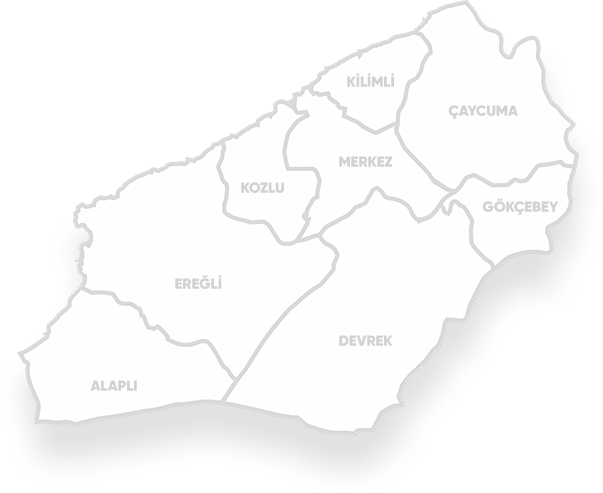
-
 About Us
About Us Detailed information about Zonguldak Coal Geopark and more...
About Us
About Us Detailed information about Zonguldak Coal Geopark and more... -
 Enjoy
Enjoy
-
 Discover
Discover Discover Zonguldak Geoparks
Discover
Discover Discover Zonguldak Geoparks -
 Learn
Learn
-
 Activities
Activities
-
 GeoNetwork
GeoNetwork
-
 Contact Us
Contact Us
Contact Us
Contact Us


G-32 The egg rocks at the observation point, in other words pillow lavas, are basaltic composition structures that are the product of submarine volcanism. The Turonian–Santonian period (Late Cretaceous) in the region is represented by extensive volcanism throughout the northern coasts of the Black Sea. This magmatic activity is mainly represented by submarine magmatic activity related to the subduction of the southern Intra-Pontid oceanic crust below the Istanbul-Zonguldak zone, which is known as arc magmatism. Pillow lavas are characteristic pillow-shaped structures that are attributed to the extrusion of the lava underwater extrusion. They are abserved as the sequences of discontinuous pillow-shaped masses, up to one meter in diameter, commonly of basaltic composition. The volcanism fed by dykes from the magma chamber below the subduction zone is ejected in the form of thick pillow lava sequences at the spreading centre. Pillow lavas are created when magma reaches the surface but, as there is a large difference in temperature between the lava and the water, the surface of the emergent lava tongue cools very quickly, forming a thin layer. The lava tongue continues to lengthen and inflate with more lava, forming a lobe, until the pressure of the magma becomes sufficient to rupture the skin and start the formation of a new eruption point nearer the vent. This process produces a series of interconnecting lobate shapes that are pillow-like in cross-section. The skin cools much faster than the inside of the pillow, so it is very fine-grained, with a glassy texture. The magma inside the pillow cools slowly, so it is slightly coarser-grained than the skin. The observed pillow lavas are of Late Cretaceous age.


